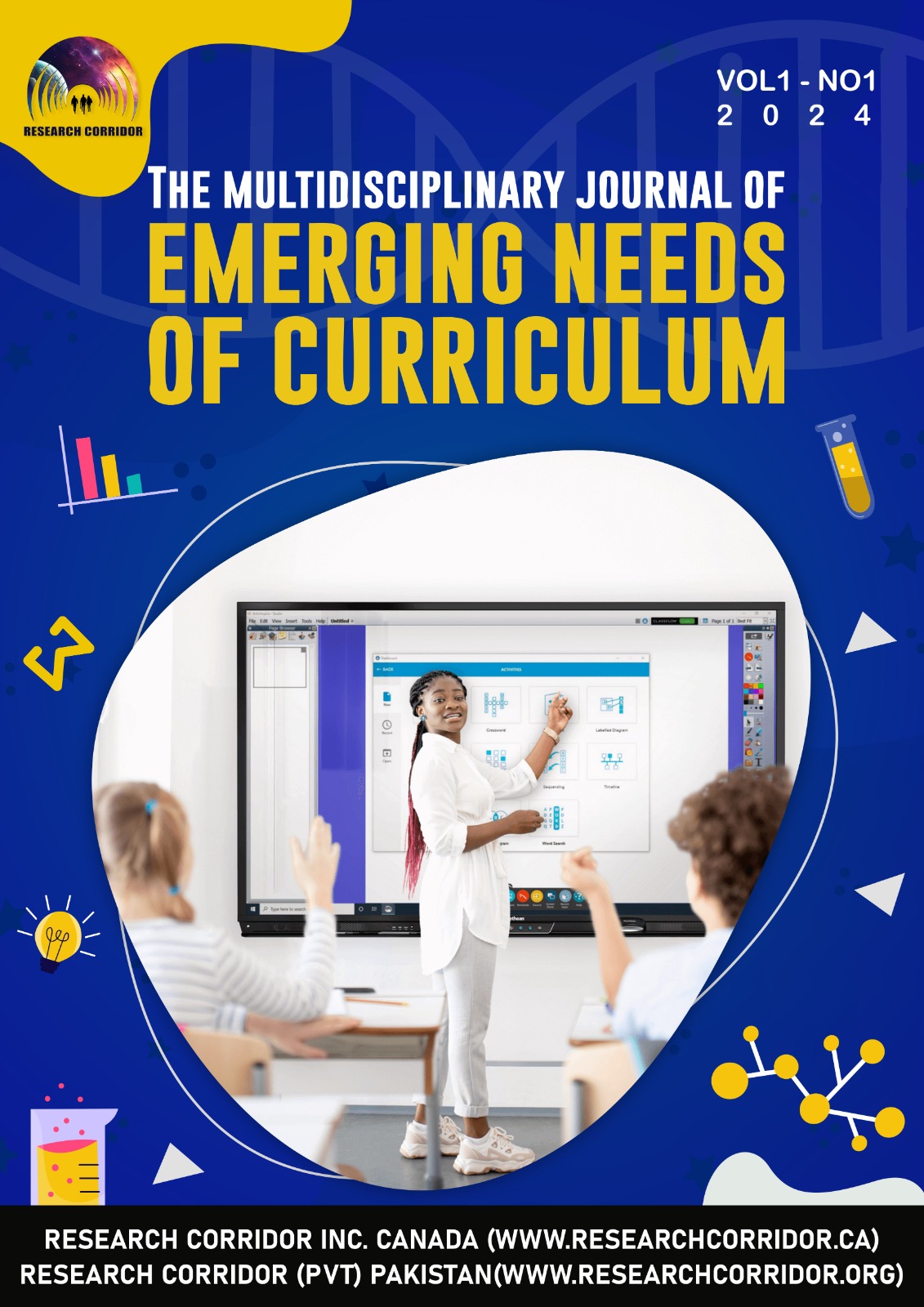Bridging the Digital Divide: Strategies for Enhancing Information Technology Access in Developing Countries
Keywords:
digital divide, developing countries, information technology access, infrastructure development, affordability, digital literacy, government policies, public-private partnerships, community-based initiatives, gender equityAbstract
The digital divide, a persistent disparity in access to information technology between developed and developing countries, hinders socioeconomic development and perpetuates inequalities. This study investigates strategies to bridge this divide, focusing on the unique challenges faced by developing nations. By examining factors such as infrastructure limitations, affordability constraints, and digital literacy levels, the paper identifies critical areas for intervention. The study explores the potential of government policies, public-private partnerships, and community-based initiatives in promoting IT access and usage. It analyzes successful case studies of digital inclusion programs, highlighting effective approaches to address infrastructure development, affordability, and capacity building. Furthermore, the paper discusses the importance of addressing gender disparities and ensuring equitable access to IT resources. By implementing comprehensive strategies that consider the specific needs and contexts of developing countries, policymakers and stakeholders can contribute to bridging the digital divide and fostering inclusive and sustainable development.

























